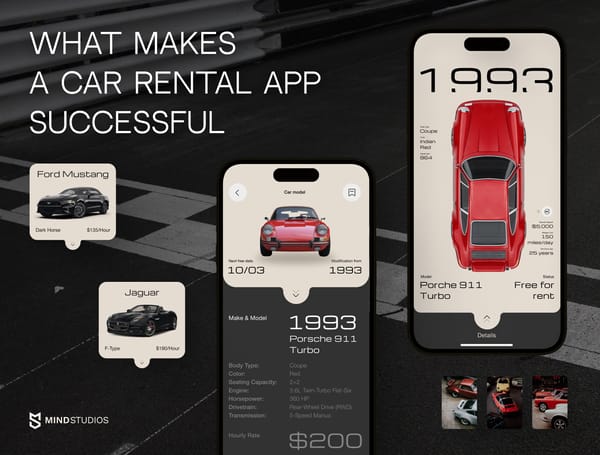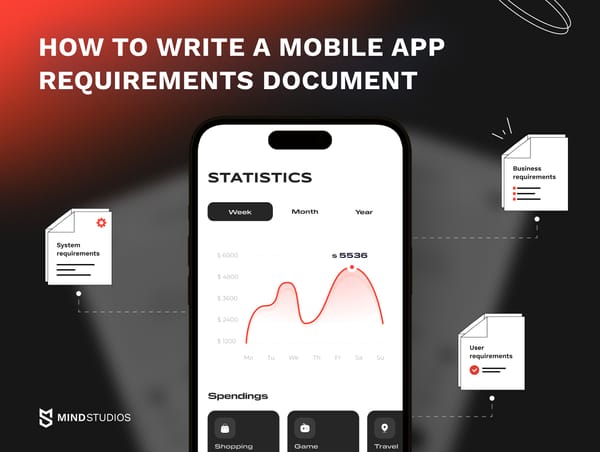Artificial Intelligence (AI) becomes more and more of a trend every year. According to IDC, worldwide spending on AI-centered solutions is expected to reach $154 billion by 2024, showing an increase of 26.9% over the amount in 2022.
The leader in terms of adoption rates and popularity among AI integrations is an acclaimed ChatGPT made by OpenAI, an American AI research laboratory. The newest release of the GPT-4 model and constant updates of the previous “GPT-n” series models lead to a logical question, “Which one to use?”
You may think that the newest versions are always the best-fitting ones, however, that’s not the absolute truth for this case. Regardless of being less powerful, GPT-3 still finds its place in lots of businesses thanks to the lower integration costs and ability to handle low-level tasks even faster than GPT-4.
In this article, we are going to focus mainly on the GPT-4 vs. GPT-3 competition and will investigate the main differences between the two models. In the end, you’ll learn how our team can help you:
- Select the right AI solution that will perfectly match your business needs.
- Accurately integrate the AI solution into your project.
- Build up and train the AI model based on your database.
- Provide ongoing support and maintenance to keep things up-to-date.
GPT-4 vs GPT-3: Benefits for Businesses
In this section, let’s take a closer look at how GPT-3 can be beneficial for businesses and startups and what GPT-4 brings to the table.
Mainly, you can adopt GPT-3 to:
- Generate texts. The most obvious yet important one. GPT-3 may assist you in creating content varying from corporate slogans to professional emails. Although these work results must be checked afterward, an AI text generator makes these processes way easier to conduct.
- Create customer chatbots. Automated chatbots will allow your customer support to process more inquiries simultaneously while matching your corporate tone of voice. This, in turn, will allow you to reduce costs for hiring customer support staff as well as reach greater efficiency.
- Sort and analyze data. GPT-3 is often used for summarizing and structuring big volumes of data, making it easier to comprehend and analyze them for various business needs. The model can break down a large text into key points for you to create meeting summaries and save your time highlighting important parts of texts and instructions.
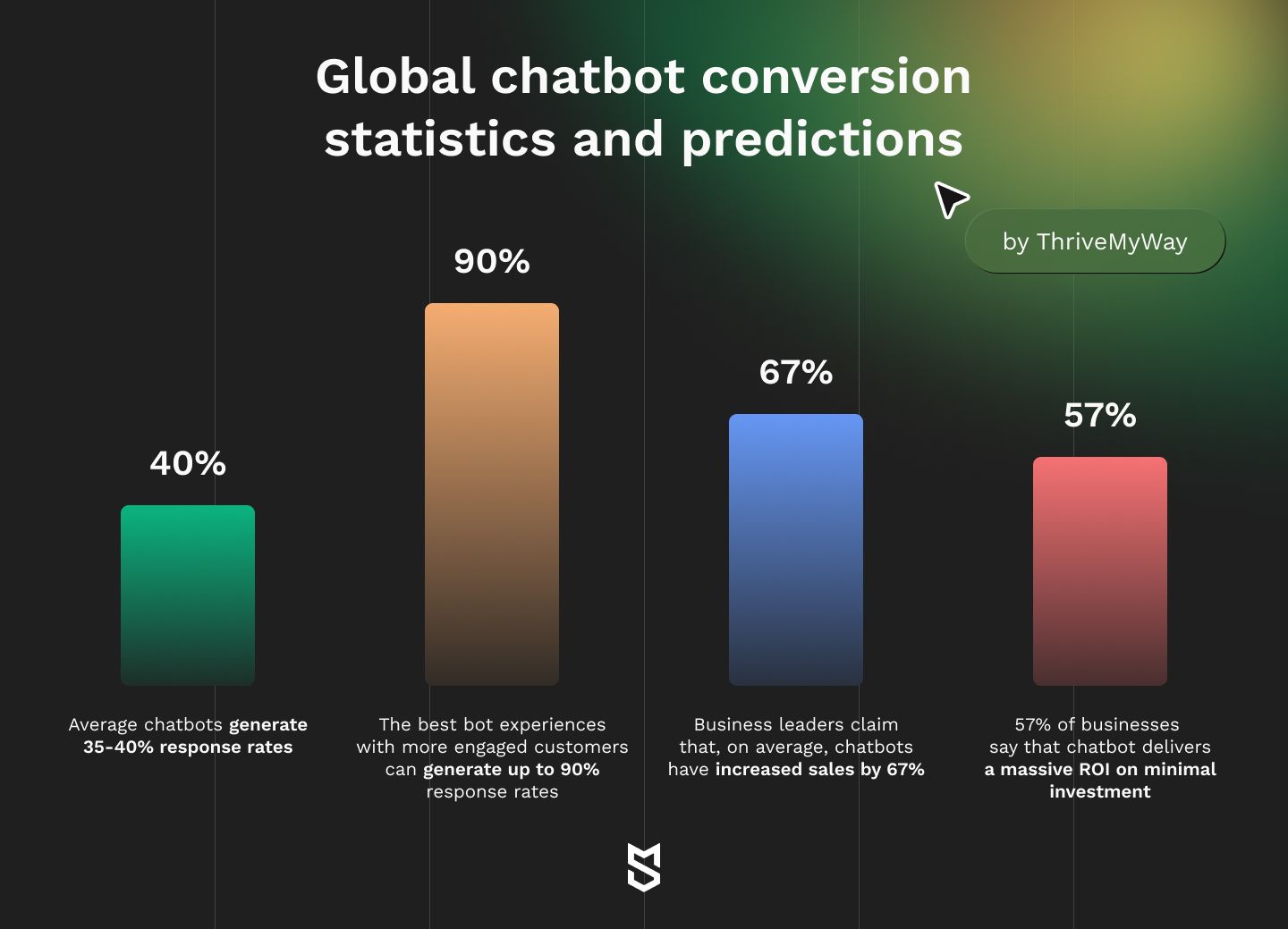
Although the newest GPT-4 is primarily based on its predecessor GPT-3, it is enhanced with additional features that weren’t seen in the previous versions. Image input, better accuracy, greater computing power, and larger data volumes are not the only differences. But on top of the list lies the improvement in model analytical skills. The recently launched model can provide more features that require thorough data analysis, which previous models were incapable of. Now, let’s take a closer look at what the new GPT-4 can offer:
- Fraud detection. GPT-4 takes GPT-3’s analytical skills to the next level. Thanks to that, the technology is now capable of spotting early signs of fraudulent and suspicious activities, allowing businesses to provide instant countermeasures.
- Predictive maintenance. The stronger analysis capability of GPT-4 compared to GPT-3 is successfully used for predicting the equipment’s need for maintenance. For example, in logistics, GPT-4 can be used to process the data provided by various IoT sensors. With this, it becomes easier to avoid undesirable expenses by making repairs planned and efficient.
- Serving as a financial advisor. Improved analytics allow GPT-4 to provide key information regarding inner market trends as well as to predict growths and risks for potential investments. Strong pattern recognition of GPT-4 may assist in increasing potential profits from the market changes.
- Personalized virtual shopping. By analyzing customers’ previous shopping sessions and browsing history, GPT-4 can provide personalized suggestions for the next purchases. Thus, by determining client preferences, GPT-4 will help your business sales blossom.
- Educational assistance. GPT-4 is capable of making educational systems more efficient and satisfying by creating a custom approach for every student. A simple analysis of a student's scores, preferences, attendance, etc. allows this AI tool to customize educational processes, improving the overall performance and making education engaging.
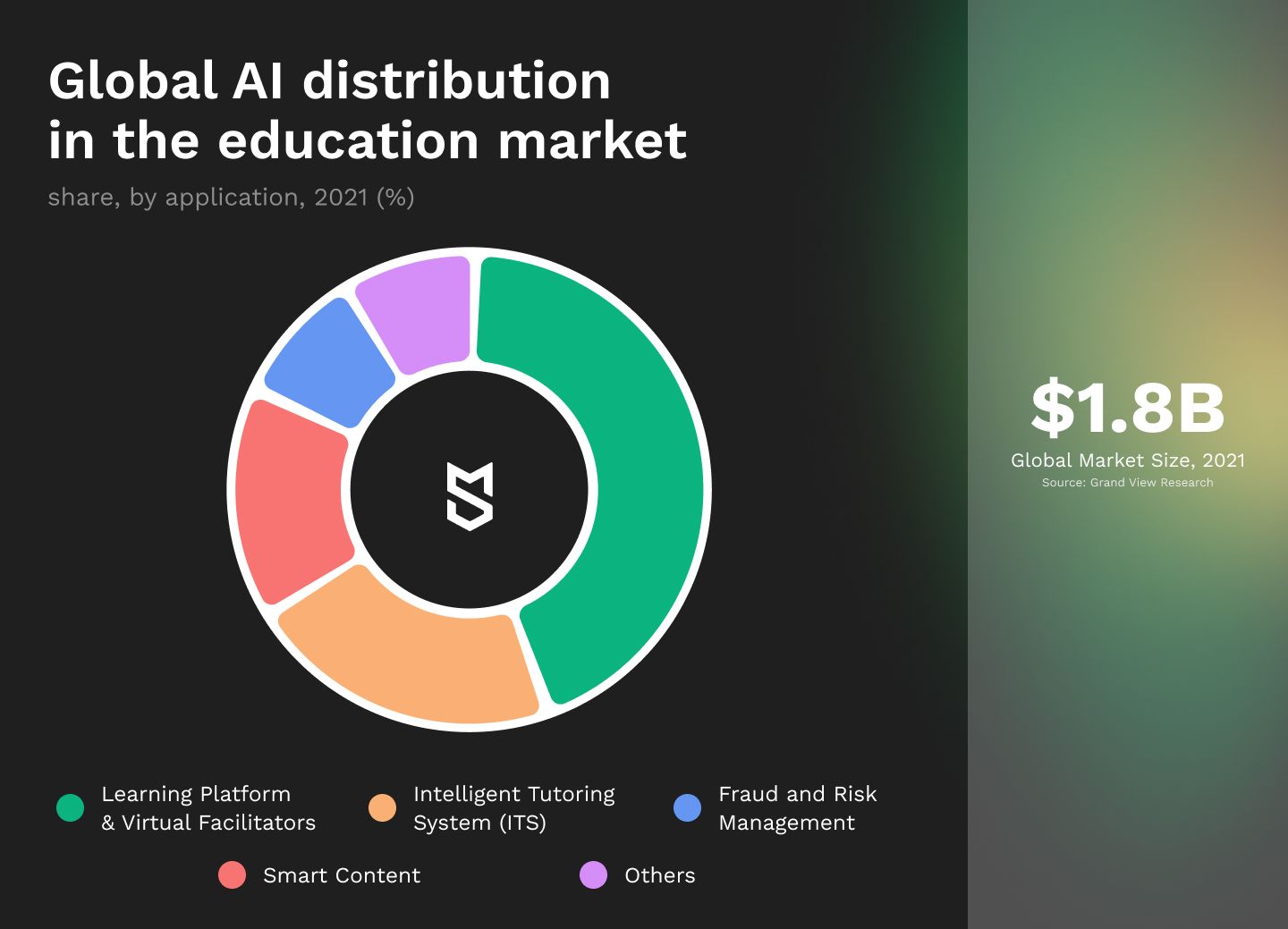
- Quality assurance. GPT-4’s real-time analysis is also able to detect early signs of quality issues or course deviations for products in the process of creation. By monitoring the situation and alerting in case of potential problems, artificial intelligence helps protect customers from encountering unexpected bugs and errors.
- Smart recruitment. GPT-4 now makes it easier for the HR department to find and select the best candidate among the others. It conducts a thorough analysis of CVs and job requirements and finds the best matches in seconds, making hiring processes less time-consuming.
- Demand forecasting. Predicting future demand for any product is now more possible with GPT-4. Its enhanced ability to analyze market tendencies, sales data, and other economic factors enables businesses to have a better picture of the market's future. Thus, AI wins some precious time for companies to prepare new strategies or adapt the existing ones.
- Cybersecurity. GPT-4 is not only able to provide well-timed quality assurance but also recognizes suspicious activities that may lead to data leaks. Pattern recognition allows this AI-powered solution to alert security before any damage is done, saving companies from both financial and reputational risks.
GPT-4 vs. GPT-3: Detailed comparison
Now that you know how each of the models can meet your business needs in general, let’s make our comparison more detailed and provide key distinctions between GPT-4 and GPT-3.
| Feature | GPT-3 | GPT-4 |
|---|---|---|
| Release Date | June 2020 | March 2023 |
| Accessibility | Commercially accessible according to OpenAI pricing | Accessible via ChatGPT subscription or registration for API through the OpenAI waitlist |
| Parameters | 175 billion parameters. (compared to GPT-1 had only 117 million parameters) | Rumored 1 trillion parameters. However, OpenAI didn’t provide any confirmation regarding the topic |
| Data training | Text sources | Text and image sources | Dataset size | 17 GB of training data | More than 45 GB of training data |
| Token limits per request | Up to 2,049 tokens | Depends on the version: GPT-4-8K — 8,192 tokens; GPT-4-32K — 32,768 tokens |
| Input types | One input type: text (also may be presented as a code) | Two input types: text and images |
| Multilingual support | ~40 languages | ~40 languages. (Shows greater performance than GPT-3 in 24 of the 26 tested languages) | Defining of context | Understands context and sticks to the suggested tone | Is more precise in understanding and setting boundaries per request |
| Information | Up to October 2019 | Up to September 2021 |
| Test performances | Scored in 10th percentiles for Uniform Bar Exam (213/400) | Scored in 90th percentiles for Uniform Bar Exam (298/400) |
Existing GPT Model Integrations
With a better understanding of how businesses may benefit from GPT-3 or GPT-4 integration, it’s time to look at some practical examples. As various industries are blooming with successfully adopted AI solutions, let’s direct our spotlight on the ones we prioritize most at Mind Studios: healthcare and logistics.
In this section, we’ll show you the two most prominent use cases for AI applications in healthcare and logistics, where the GPT model plays a crucial role in product success.
Patient AI
In April 2023 the headline “World’s first use of generative pre-trained transformer (GPT) in healthcare” hit the news outlet. The leading intelligent automation company Notable integrated GPT in their new project “Patient AI”. Let’s take a closer look at it.
Patient AI is a platform aiming to make healthcare more convenient and personalized for everyone. Powered by GPT, it allows Notable to use its capacities in the following ways:
- Thorough data analysis. Thanks to the deep analysis GPT can provide, Patient AI continuously reviews big volumes of medical records, combining it with researching third-party data sets. It lets Notable save a huge amount of time and resources without any human interaction and create unique approaches for every patient.
- Automated issue detection. As GPT has scanned every piece of clinical documentation, it is trained to alert in a personalized way about any missed diagnoses, lapsed insurance, or even incorrect patient personal information.
- Generating personalized recommendations. Based on the analysis, Patient AI can create accurate recommendations for a patient throughout the day. It is presented as a journey, where for each step Notable suggests their clients to perform a personalized action to improve their health or take assistance for more complex requests.
For a better understanding of how deeply Patient AI analyzes and structures data, Notable asked it to imagine the next scenario:
A person with lung cancer is incapable of attending their appointments because of transportation issues.
In this case, Patient AI generated personalized solutions based on the patient’s diagnosis and attendance, including:
- A one-click ride booking in a preferred service.
- Rescheduling their different appointments from multiple days to one.
- Requesting a refill of a medication that is predicted to be expiring.
- Case-related information so that the patient may learn more about their treatment and possible symptoms.
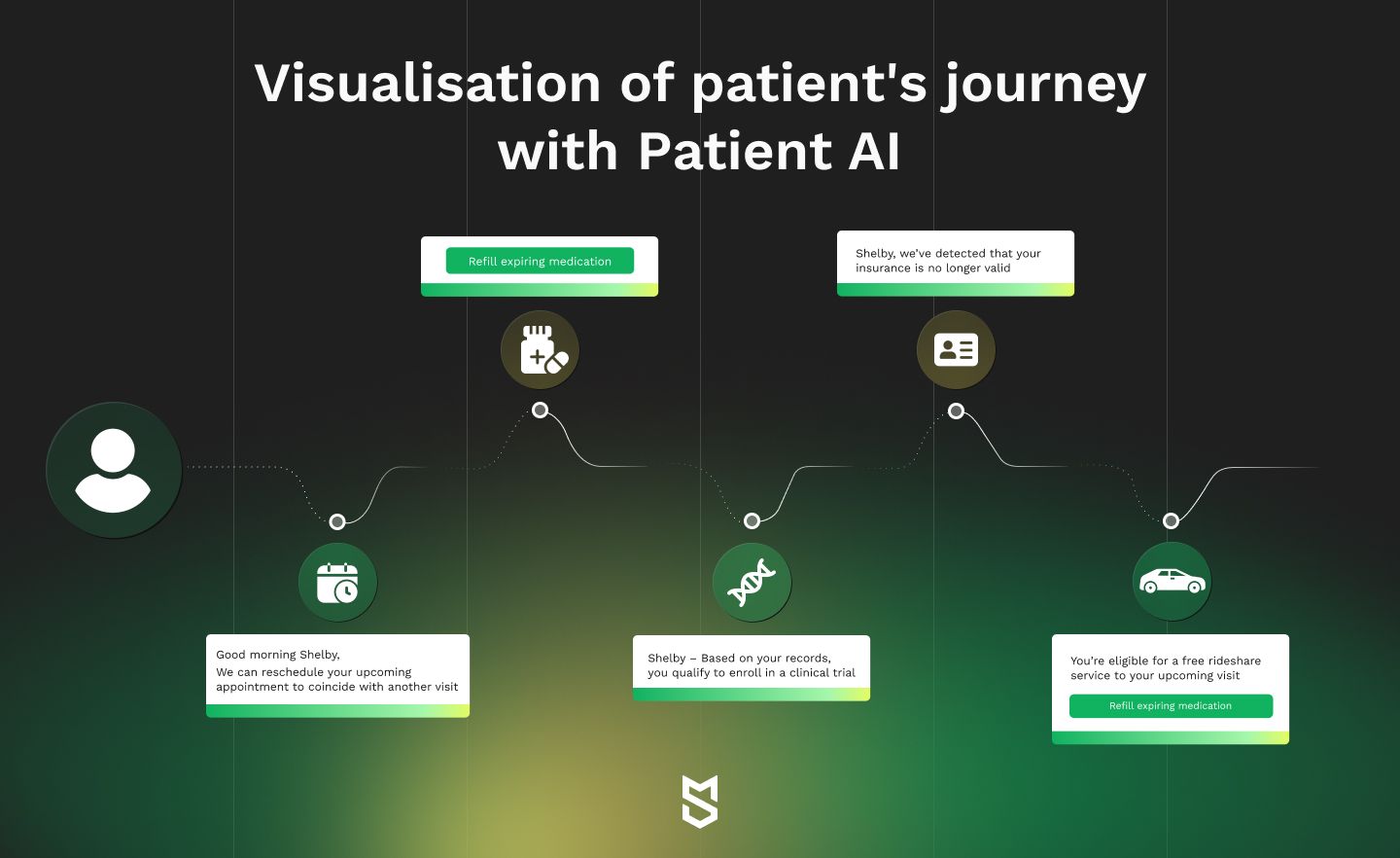
DHL
Another industry that benefits from adopting GPT is logistics. For example, the world-known transportation company DHL has successfully implemented AI technology for:
- Route optimization. In case of unexpected route issues, AI analysis can identify the problem in the nick of time, determining the exact location and building an optimal route right away. This allows DHL to deliver the goods on time despite possible unexpected events.
- Load optimization. According to customer research, almost every common package volume is 24% empty space. To deal with this, DHL introduced an AI solution “OptiCarton”. It allows them to analyze product characteristics and to create better-fitting boxes without wasting resources on covering the empty space. Thus, the shipments are more efficient, time-saving, and significantly reduce CO2 emissions.
- Warehouse management. Thanks to AI, DHL created an improved warehousing system that calculates the shortest route to the order based on the algorithms and can prioritize them in a split second.
- Advanced customer service. In DHL, the processes of shipment tracking and responding to clients regarding their orders are automated. Chatbots powered by GPT are trained to monitor and notify customers about the status of their shipments as well as to handle less complex inquiries and enhance customer experience.
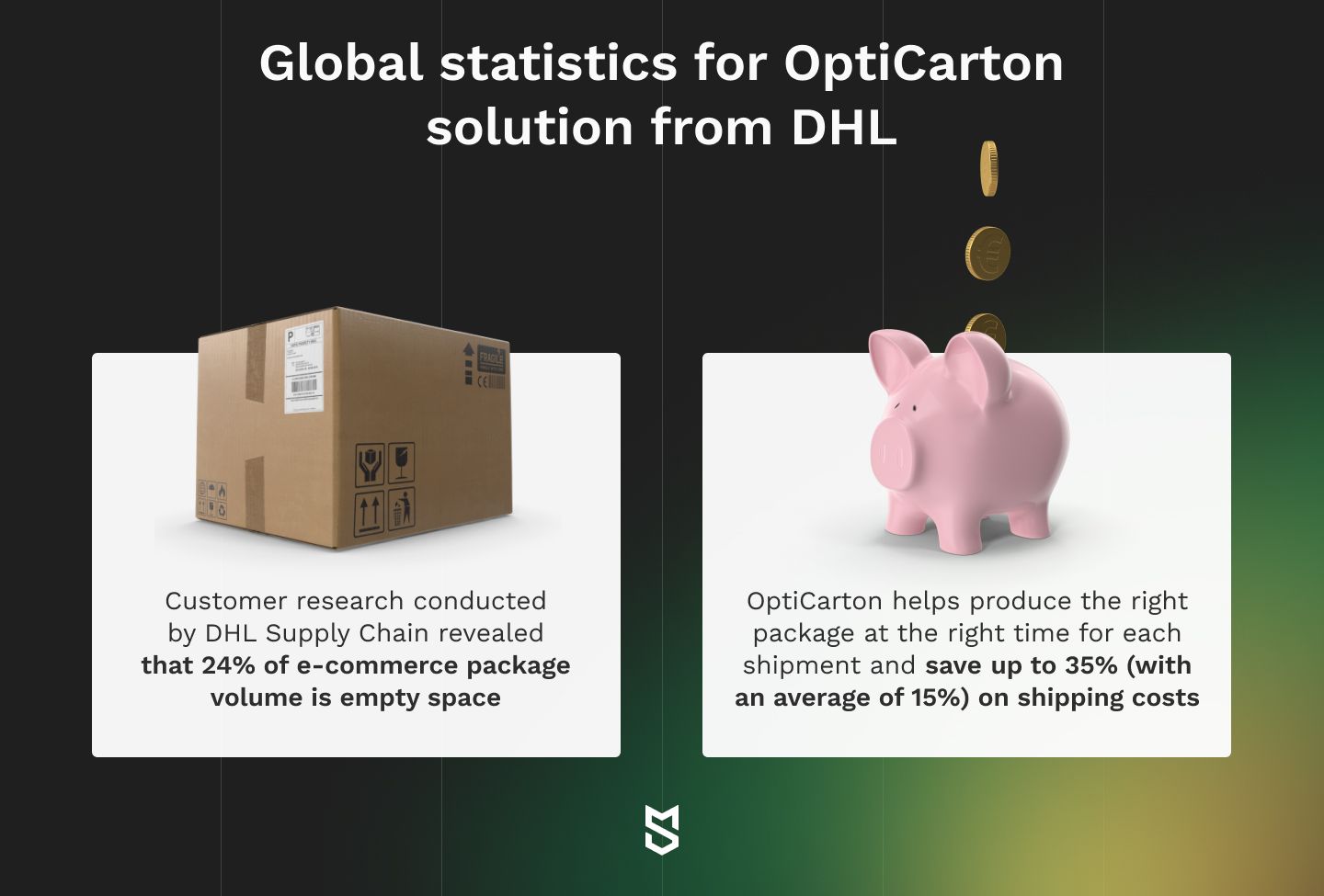
Costs of GPT-4 and GPT-3
The comparison between GPT-4 and GPT-3 will never be full without understanding the pricing of each model. As you now have a better perception of how these technologies may benefit your business, the question you are probably asking is, “How much does it cost to implement them?”. To determine whether it’s worth implementing, let’s explore the cost of presented generative AI.
To adopt GPT-3, you have to choose a language model from the OpenAI list. Every presented model has its diversities and specializations, making the pricing unique based on your choice. Here they are: Ada - the fastest, Babbage, Curie, and Davinci - the most powerful. The one with the higher processing speed — Ada — has the cheapest pricing for lesser computing power. On the other hand, Davinci (the core of ChatGPT) costs way more than its colleagues for being the most capable.
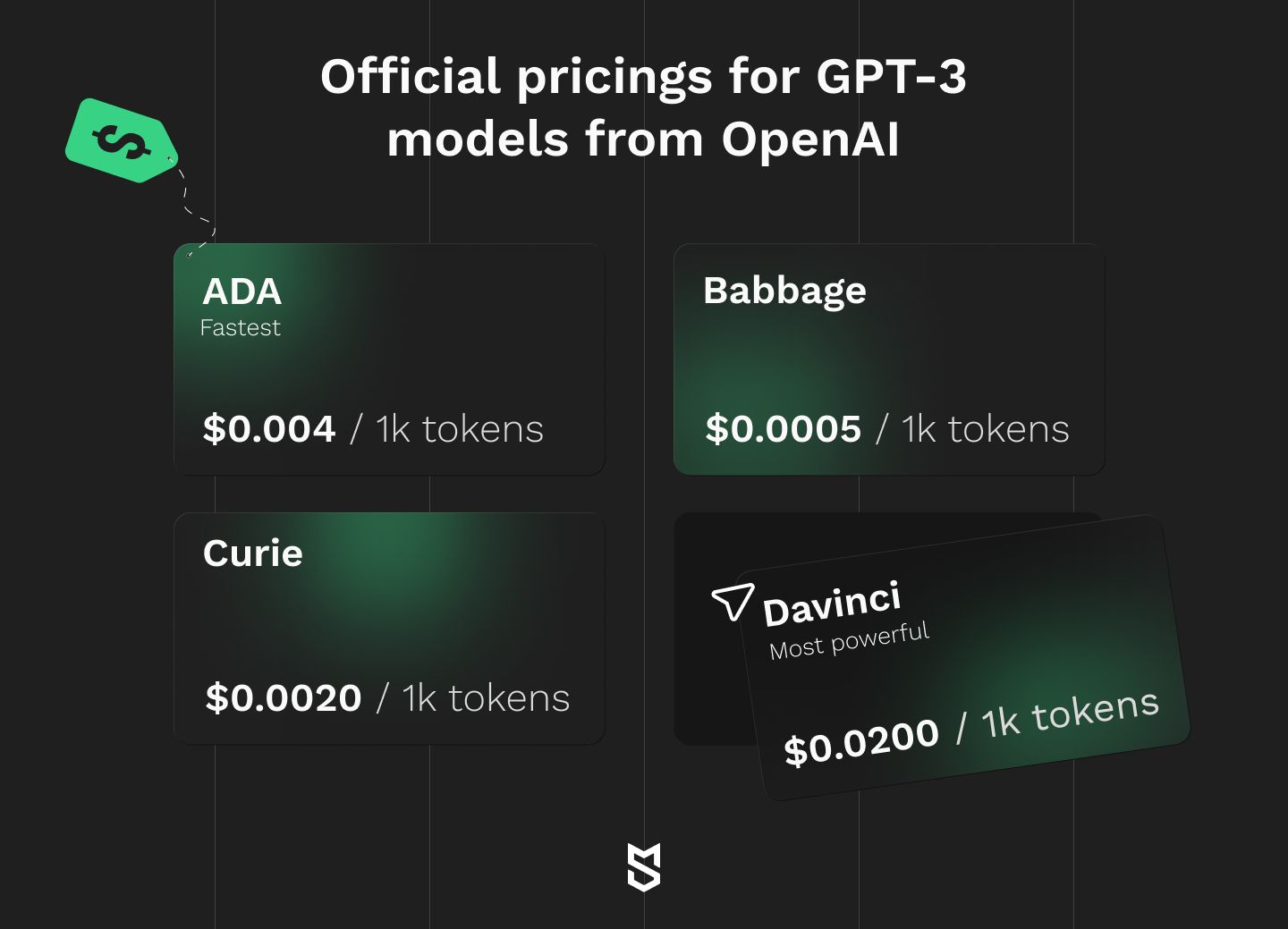
You can see that the price here is given per 1K (1,000) tokens. However, what do these tokens mean? The official explanation from OpenAI helps convert tokens into something we understand.
1 token approximately stands for 4 characters or ¾ English words, which means 100 tokens are roughly equal to 75 words.
Simple math allows us to count that in the case of Ada’s adoption, $100 will get you 250 million tokens, allowing you to process about 187.5 million English words. But there is a trick in those numbers.
Your potential 187.5 million English words include not only the model’s responses but also the user’s questions and the instructions they provide to the AI.
In turn, GPT-4 in its pricing list properly demarcates prompt tokens and completion tokens. Unlike its predecessor, GPT-4 doesn’t offer any language models for you to choose from, yet lets you pick the suitable context volume between 8K and 32K tokens per request.
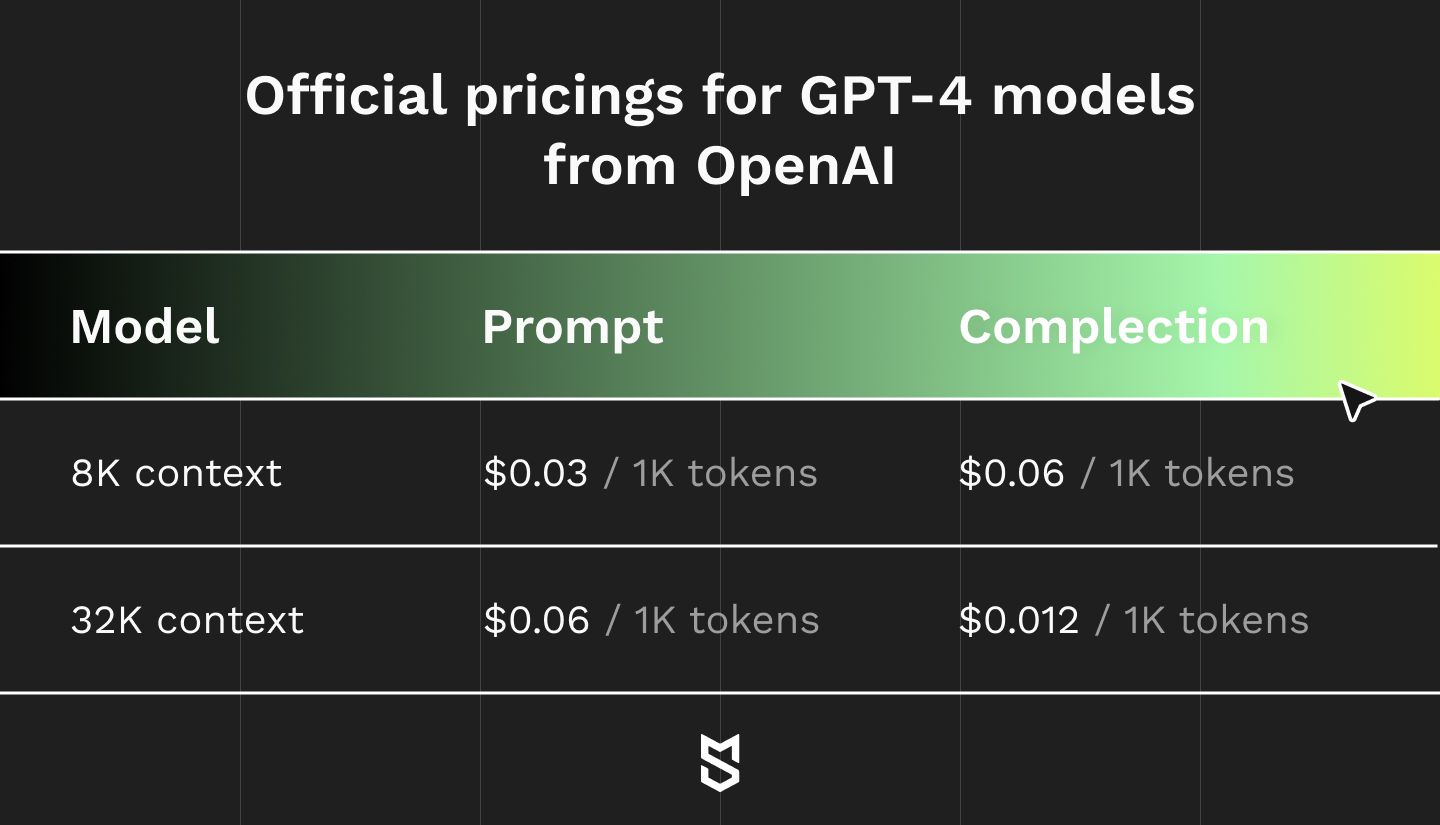
For an 8K context, if your use case supposes about 30% of prompt tokens and 70% of completion tokens, for $100 you will get about 750K English words of prompt text and approximately 875K words of completion text.
Which OpenAI model to use for enhancing an existing business
To be honest, there is no absolute pick among the OpenAI models that will be a silver bullet for every possible use case.
Here are some highlights about which GPT solution is typically used for certain types of businesses:
| Use Case | GPT-3 | GPT-4 |
|---|---|---|
| A healthcare business requires providing first-aid recommendations based on the photo of an injury | ✔️ | |
| A logistics company requires a chatbot for providing superficial information regarding the delivery status | ✔️ | |
| A startup desires to automate their business-style email generation | ✔️ | |
| A warehousing company wishes to automate its storing system by making the best use of their free space | ✔️ | |
| A healthcare company requires a secure alert system to find expiring medications and ensure convenient customer scheduling | ✔️ | |
| An entertainment company needs to automate their chatbots to provide customer support impersonating selected fictional characters | ✔️ |
To help our clients choose which AI tool to invest in, we at Mind Studios prioritize the thorough and systematized approach that includes:
- Selecting the right AI solution that will perfectly match your business needs. Mind Studios will carefully analyze your business and system requirements along with your expectations regarding the future project. Once the discovery stage of project development is done, we will select the best model for your business. Our experts can answer all the questions you might have about AI integration, as well as explain which solution and why will fit your exact case.
- Accurately integrating the AI solution into your project. After you choose the proper AI solution, our team can help you integrate it into your software, considering its features and limitations.
- Building up and training the AI model based on your database. Our team can run training algorithms for the selected AI model or your existing AI solution based on your databases, making it more precise and customized.
- Providing ongoing support and maintenance. For your already functioning AI solutions, we can provide constant support and regular updates. It’s essential for us to make sure that your business is equipped with the latest features, and that every possible issue is quickly resolved.
Conclusion
To sum up, the models we were examining are different in many parameters. Expectedly, GPT-4 is more powerful than GPT-3, more accurate, and outperforming. In terms of costs, everything is rational, the more capable GPT-4 model is more expensive, however, not completely outshining the cheaper GPT-3 on the market.
Which of these models you should use completely depends on your business goals and requirements. If you need to maintain low-capacity processes like alerting or monitoring medium volumes of data, there is no need for you to overpay for the computing power you are not going to use. And vice versa, in case you require processing of large amounts of information and to be provided thorough data analysis from various sensors, the GPT-4 will definitely fit you better.
In case you have extra questions or need help in picking the right AI solution and integrating it, feel free to contact us. Our team is here to help you reach your business goals with our skills and expertise.

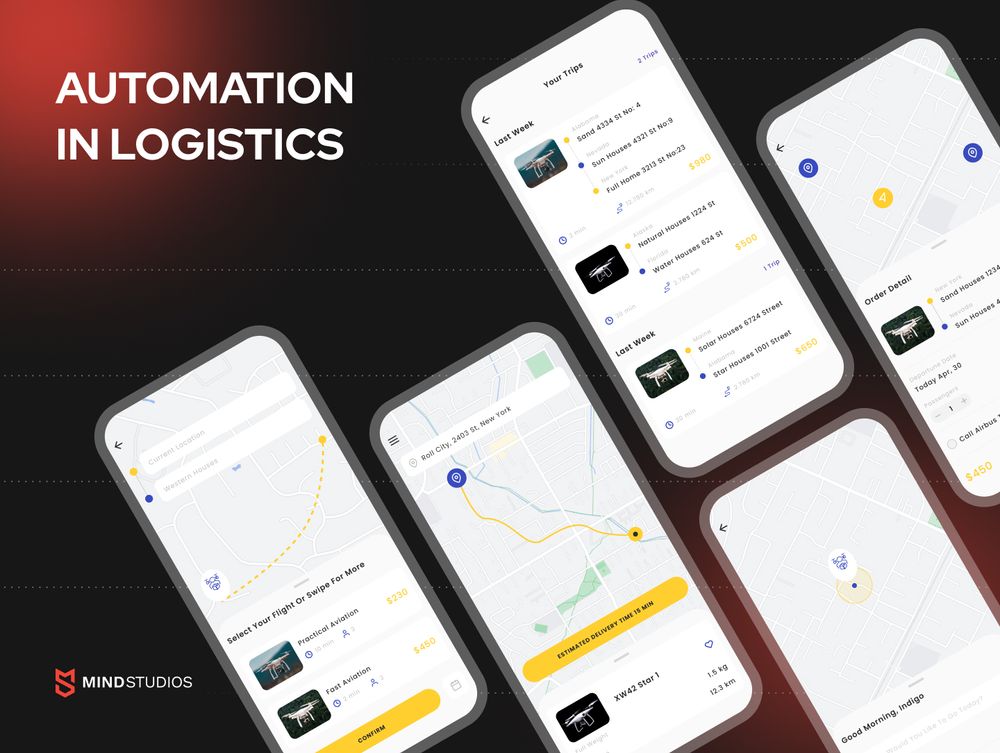
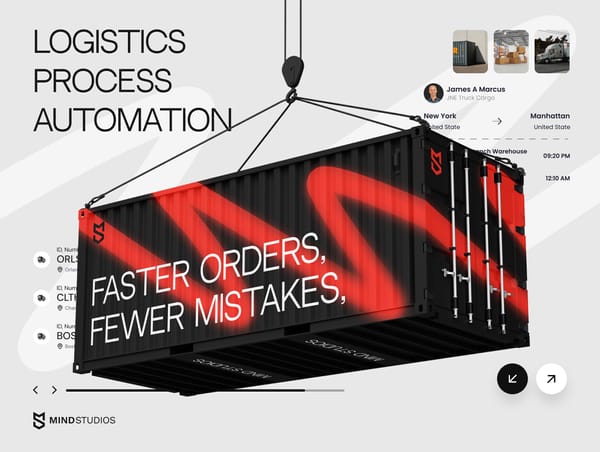
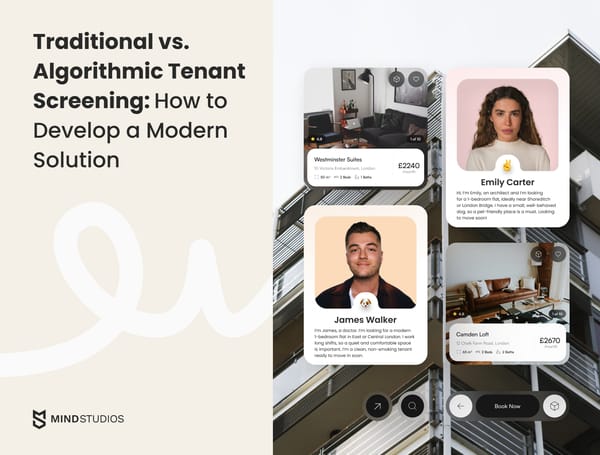
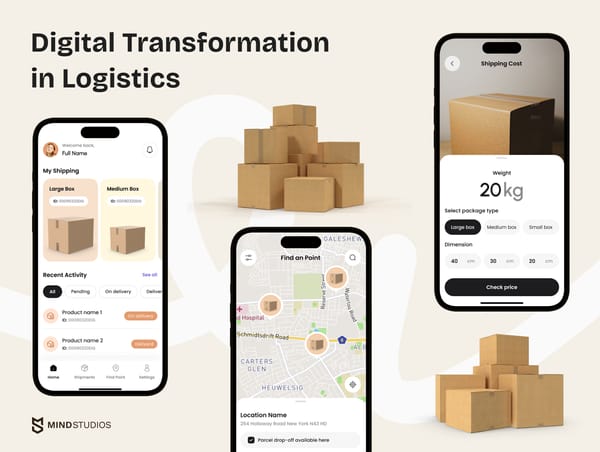
![How to Create an On-Demand Medicine Delivery App [Expert Guide]](https://themindstudios.com/blog/content/images/size/w600/2025/03/IMG-1-Cover-6.jpg)
